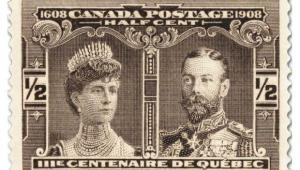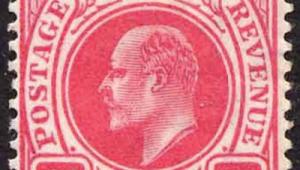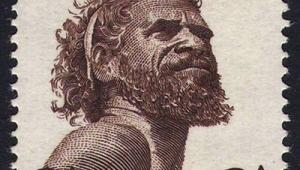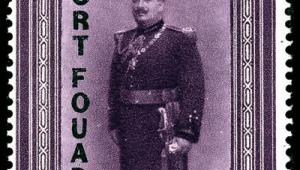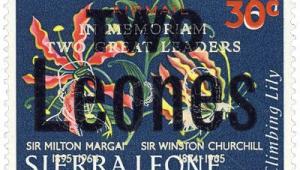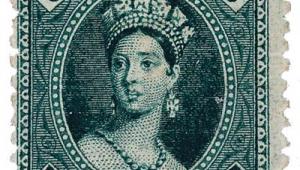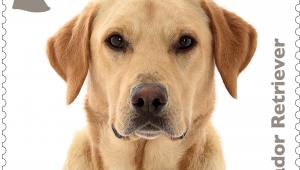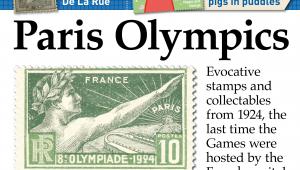Falklands: From desolation to delight
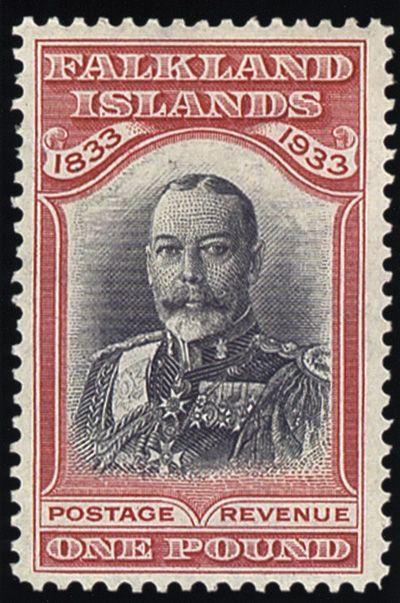
The Falkland Islands had enjoyed its own stamps since the 1870s, but its most memorable set had to wait until 1933, when it marked the Centenary of British Administration in some style, with its first truly pictorial series and its first printed in two colours.
It was early in 1833 that Britain had sent two warships to expel South American insurgents from the islands, and when the 24-year-old Charles Darwin arrived on HMS Beagle that March he was greatly relieved to see the Union flag flying aloft.
But the situation remained tense, and a few months later rebellious gauchos would run amok, slaughtering eight islanders loyal to Britain. Further military action would be necessary before the colony of Port Louis was taken firmly under control.
Under the cirumstances, it was not surprising that Darwin’s first impressions were unfavourable. To his mind the islands presented ‘a desolate and wretched aspect’.
That the 100th anniversary of British rule coincided with that of Darwin’s visit certainly came to the attention of the stamp issuing authorities in 1933. So perhaps it was Darwin’s derogatory comments about the landscape that saw him excluded from the 12 chosen subjects?
The designs were prepared in the islands by George Roberts, who hand-coloured photographs of the fauna and scenery for nine of the values.
To these were added a map of the islands on the 3d, the coat of arms on the 10s and, as the icing on the cake, a magnificent portrait of King George V in the uniform of the Gordon Highlanders on the £1 top value.
All 12 designs were superbly engraved and recess-printed by Bradbury Wilkinson, at 60 to a quarter sheet, on thick paper with a Multiple Script CA watermark.
Issued from January to April 1933, the set remained on sale until the end of the year, whereupon all remainders were destroyed and the 1929 definitive series went back on sale.
It was hailed as a triumph by most interested parties, not least islanders and collectors. When the Bradbury Wilkinson archive was auctioned off in 1990, Roberts’ hand-painted essays achieved very handsome prices.
Not a member of the fan club, however, was Argentina, which had never recognised British rule in the Falklands and, as a republic, was furious about the monarchical implications of the £1 stamp. It refused to recognise the entire issue, and would retaliate in 1936 with a map stamp inking in the Falkland Islands as part of Argentina.
Darwin, meanwhile, would have to wait until 1982 for a Falklands issue commemorating his voyage.
